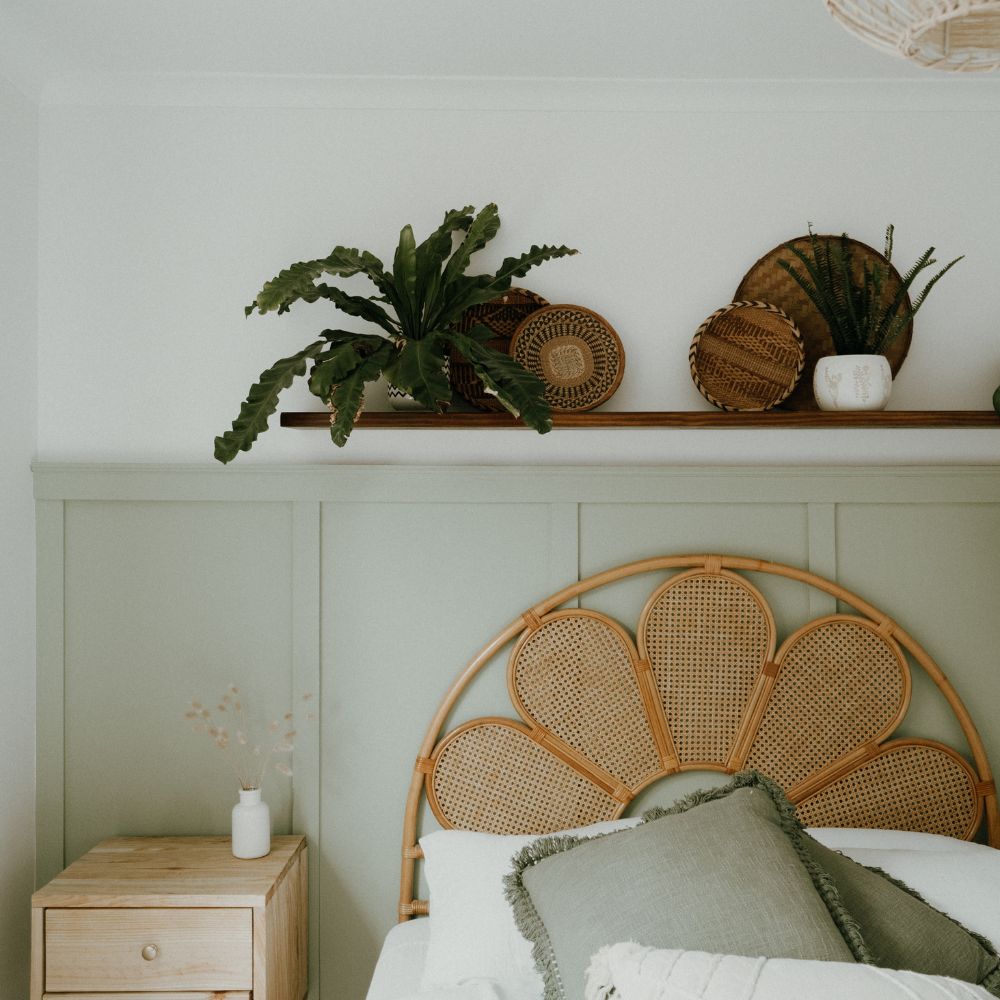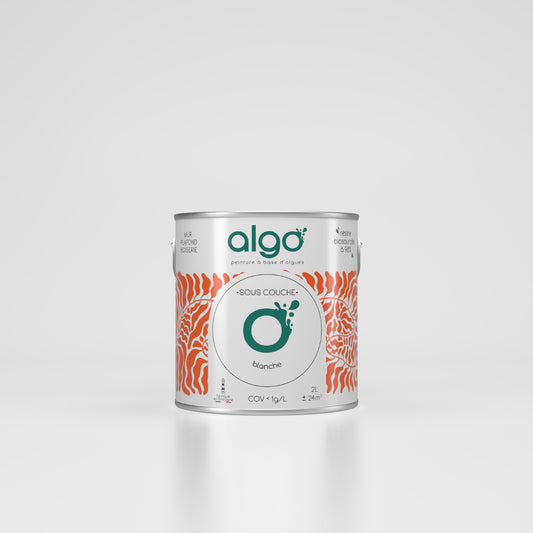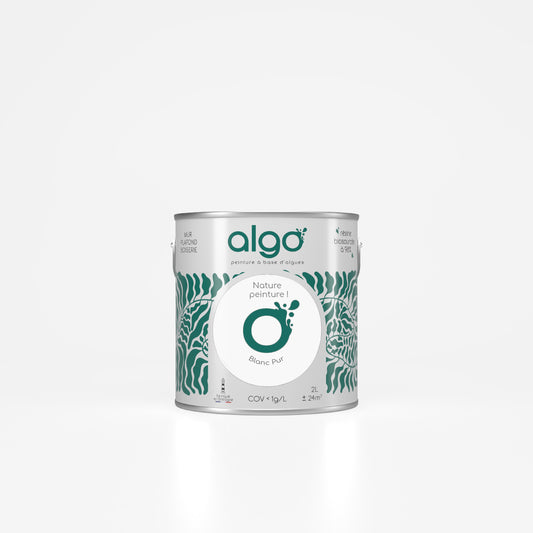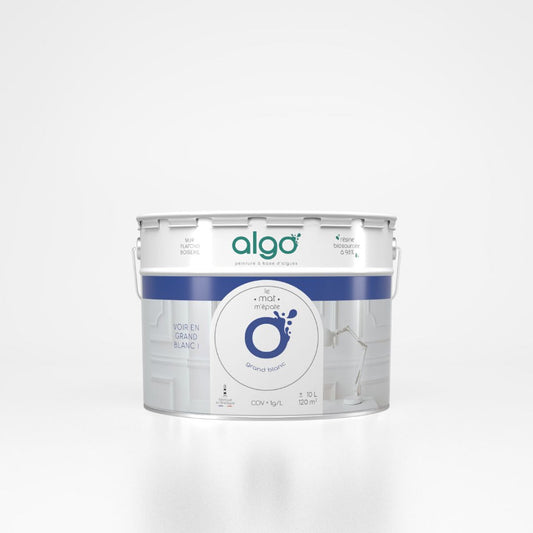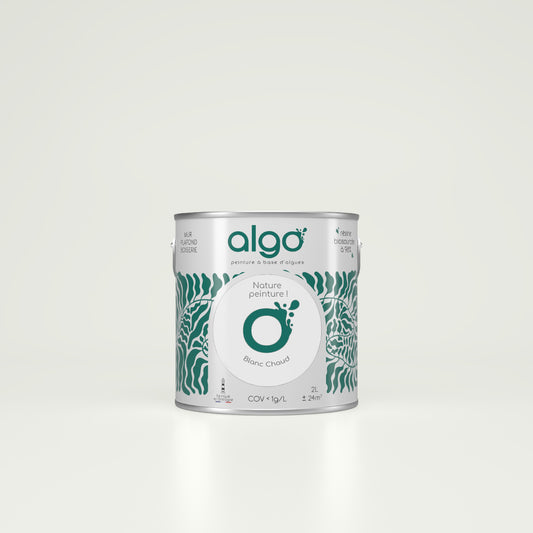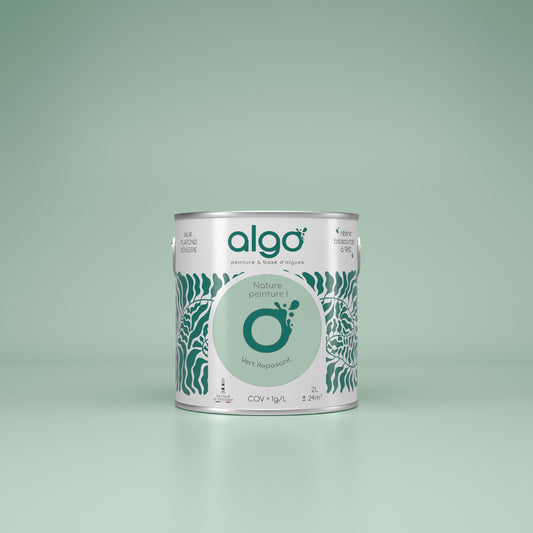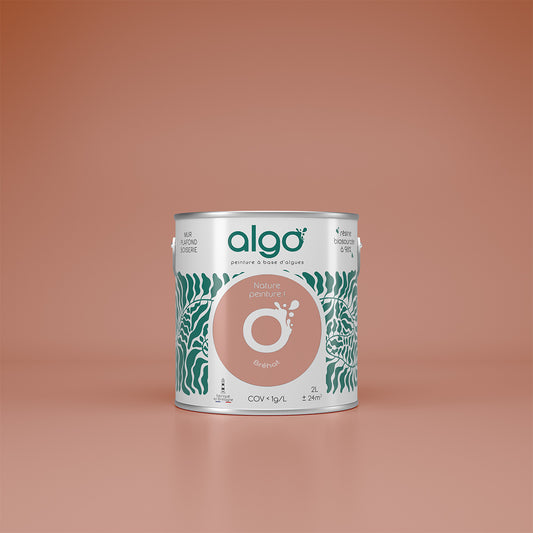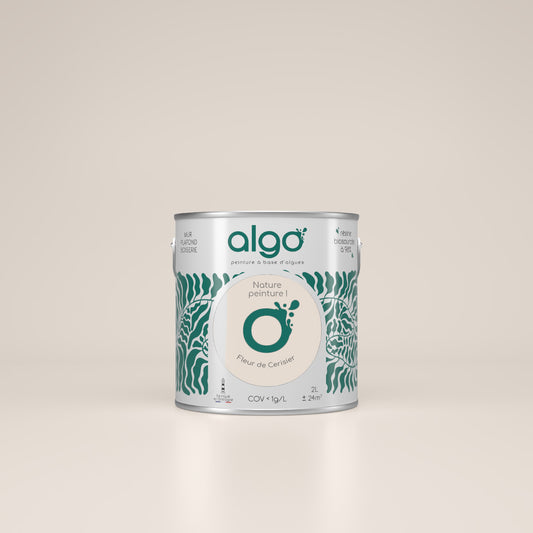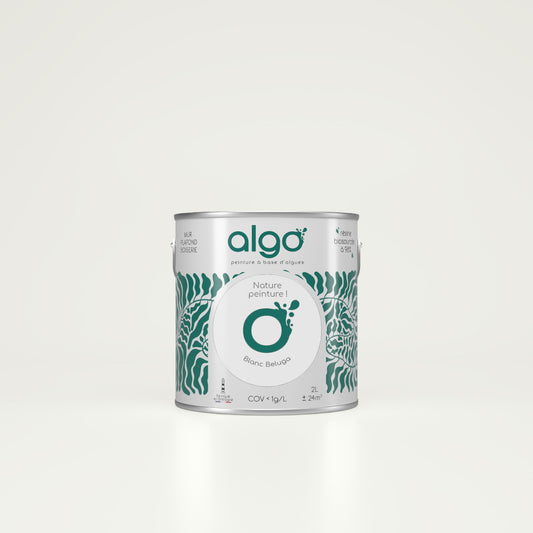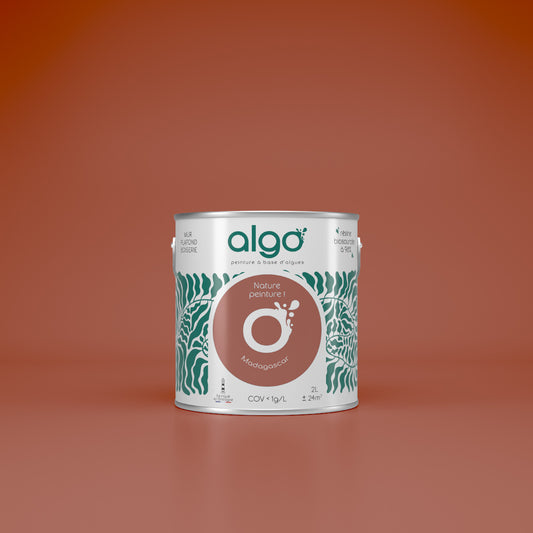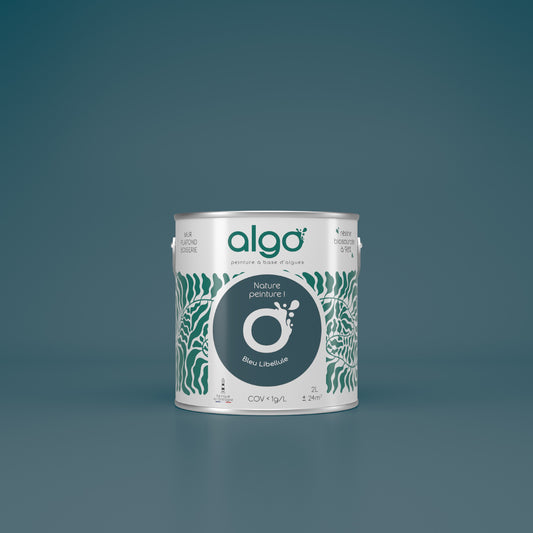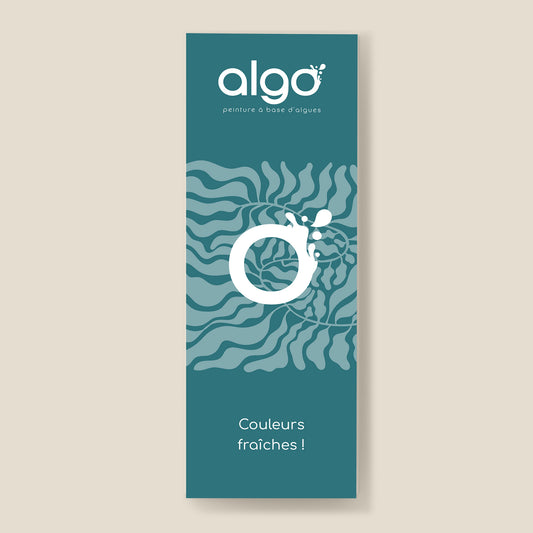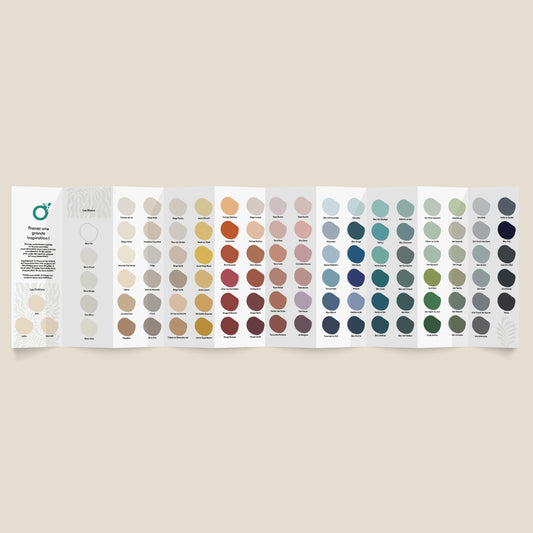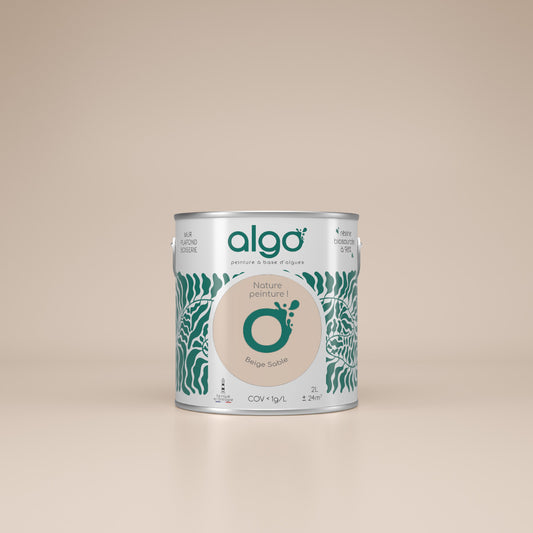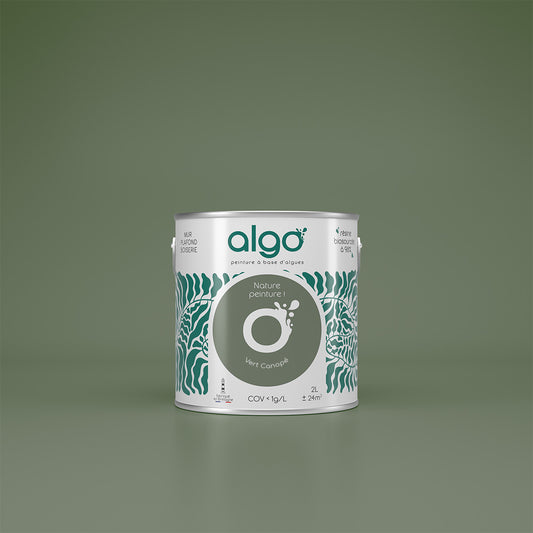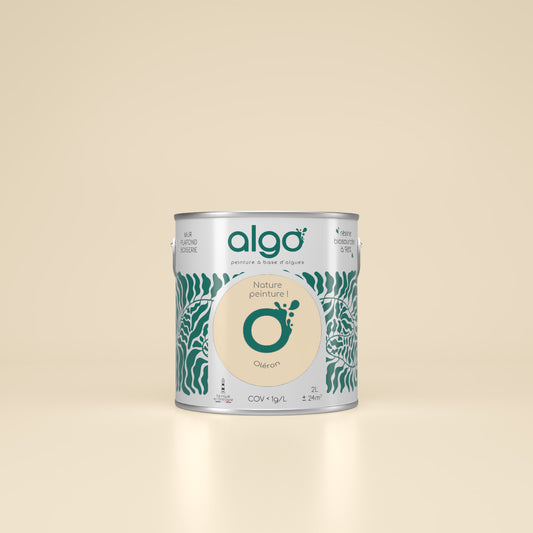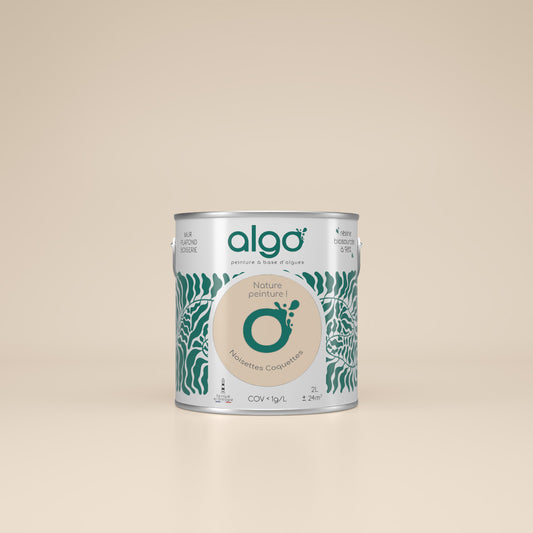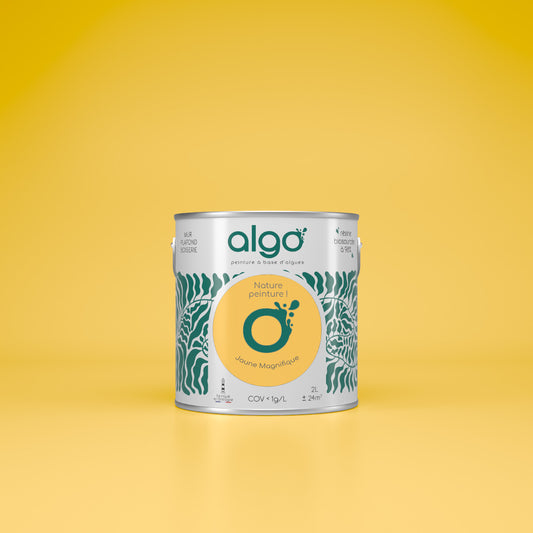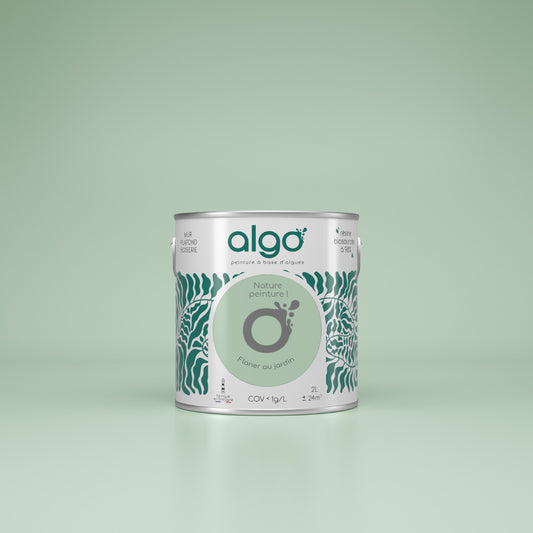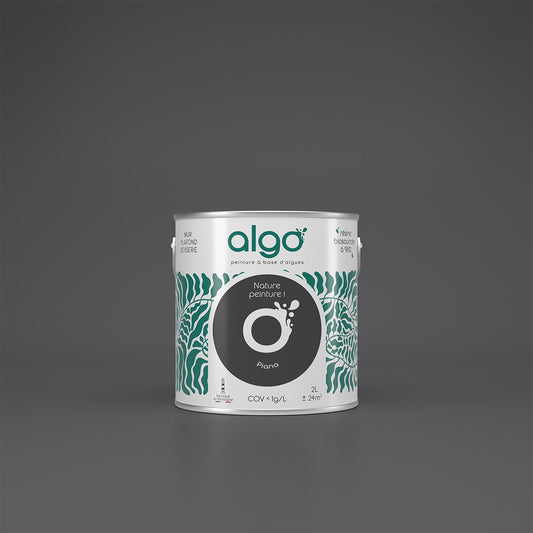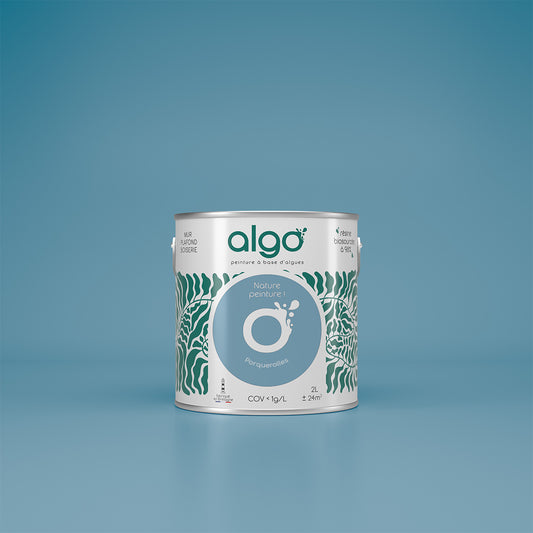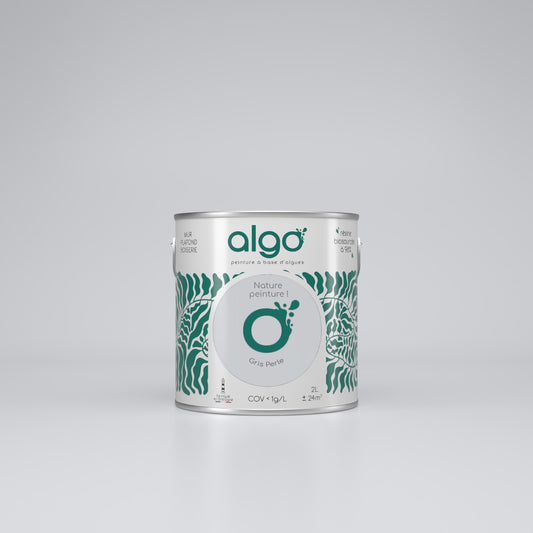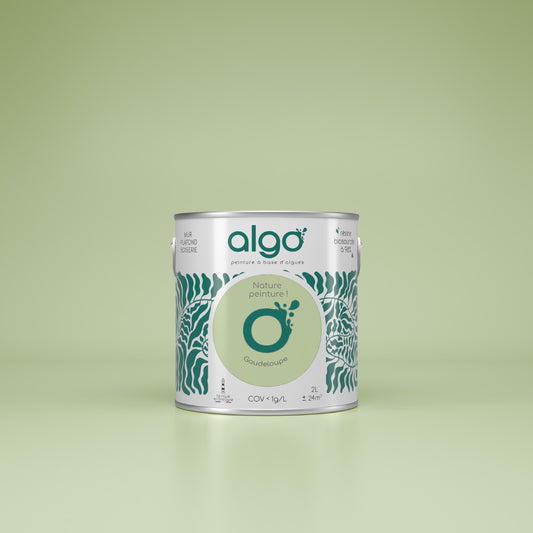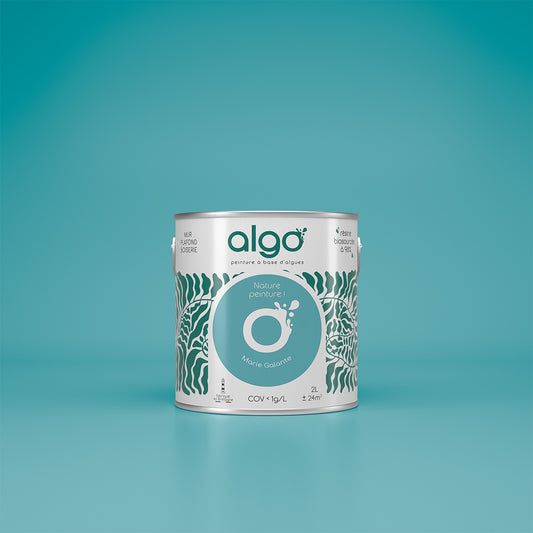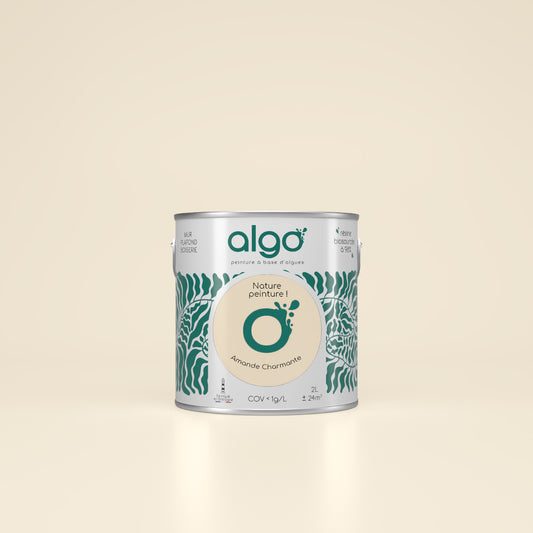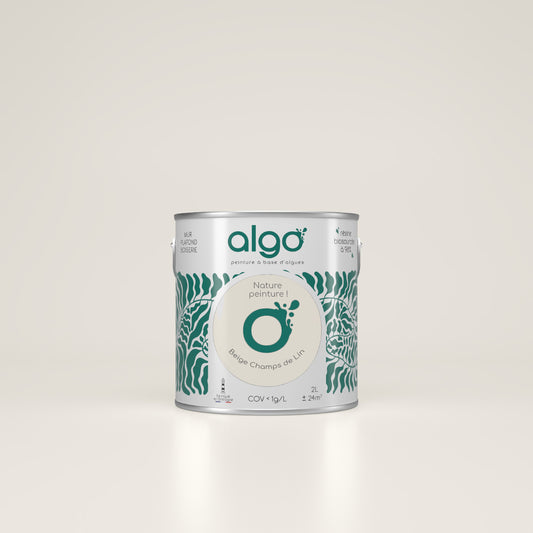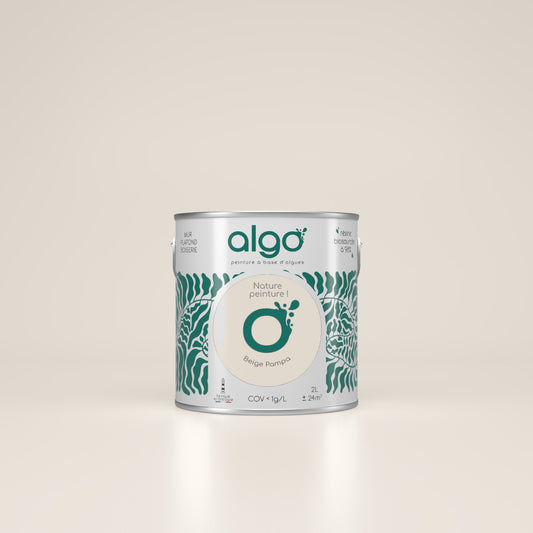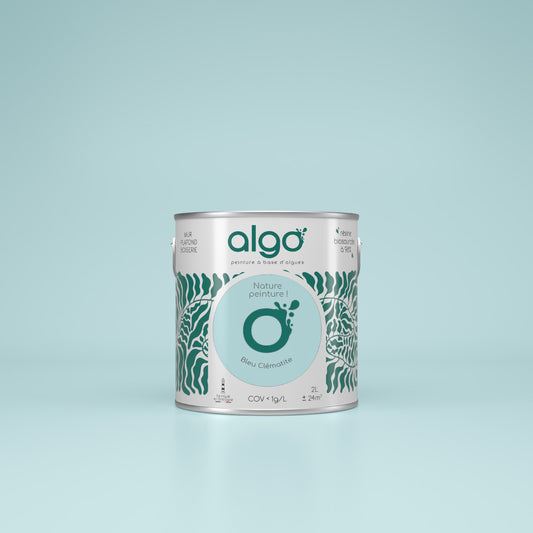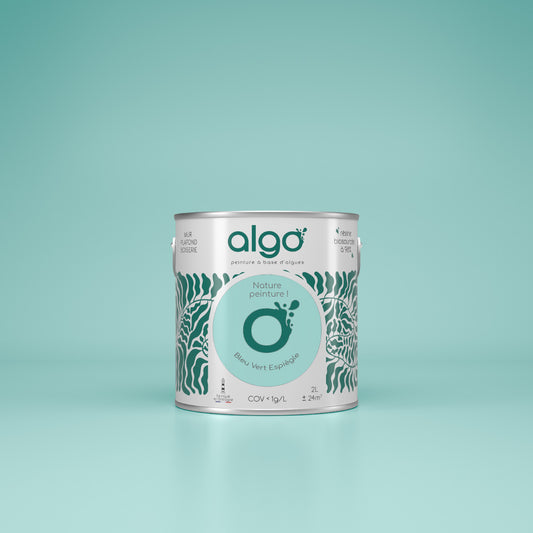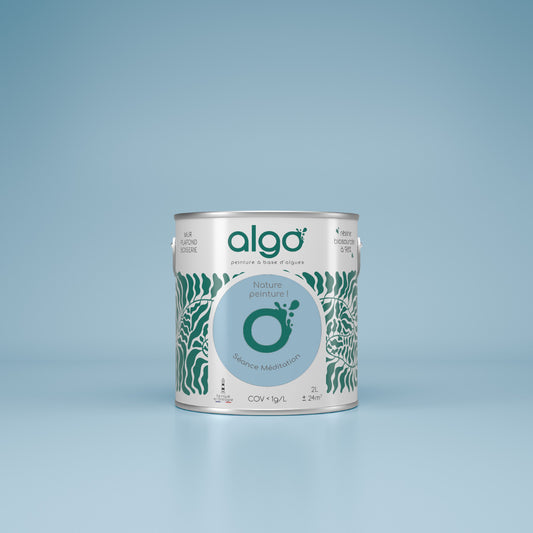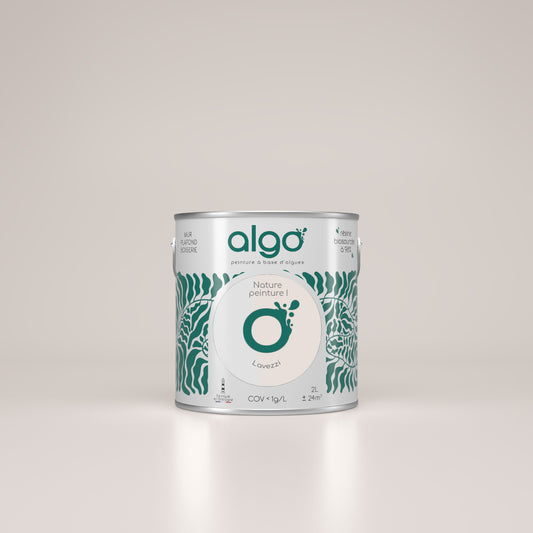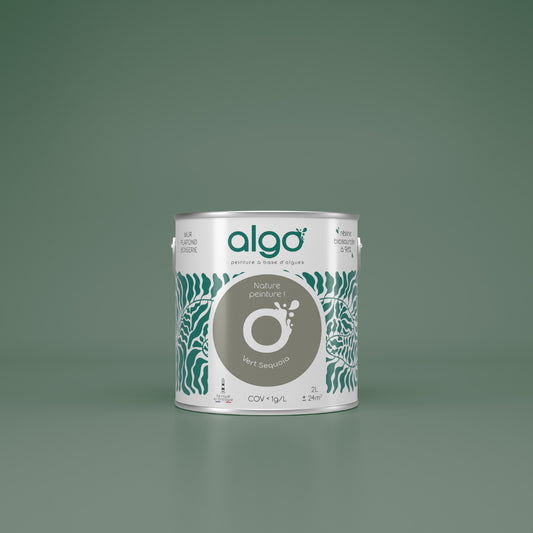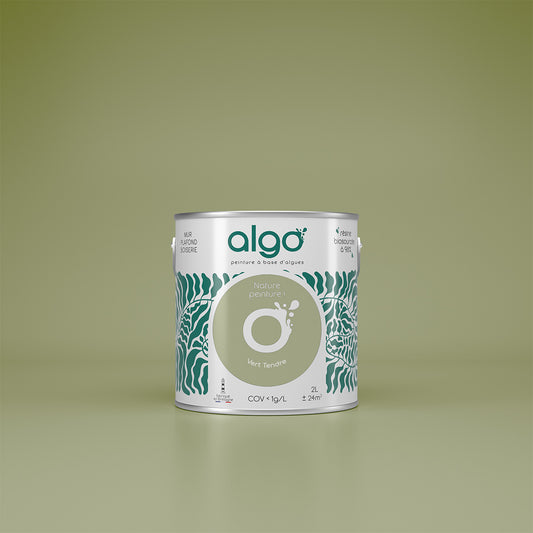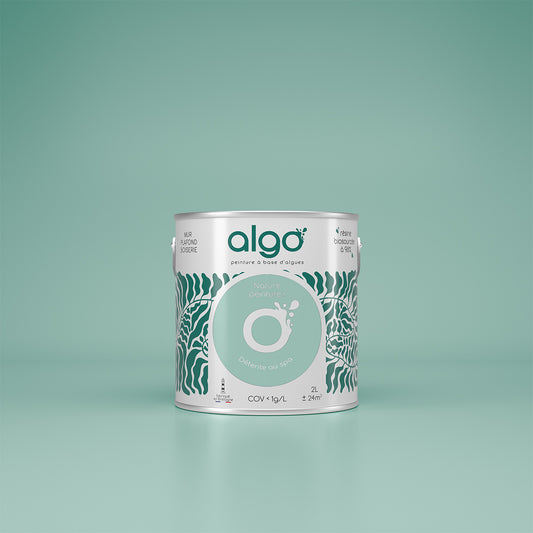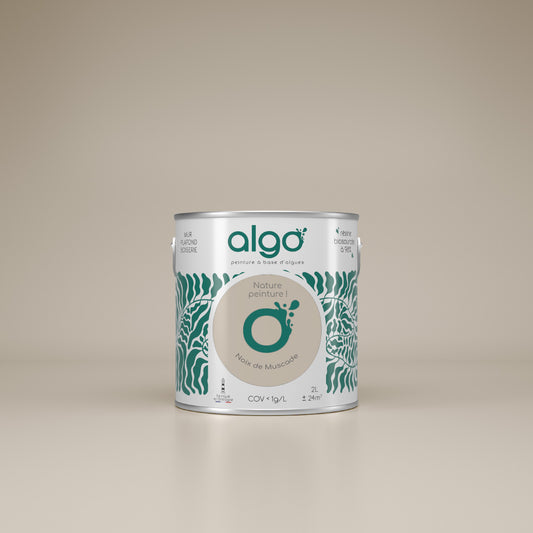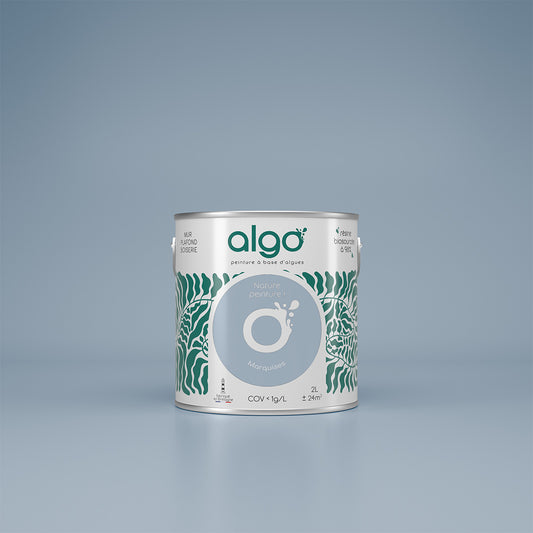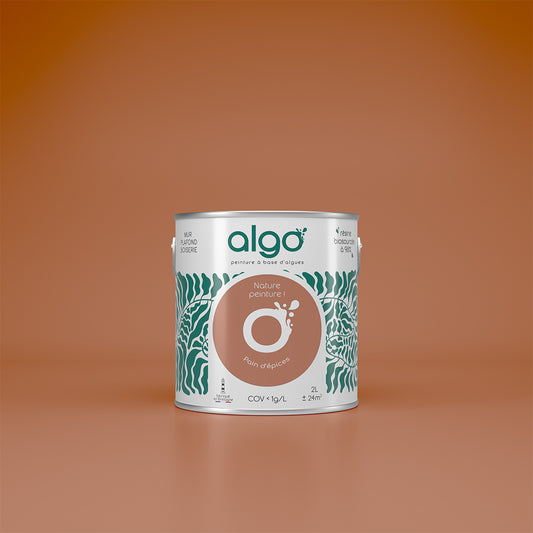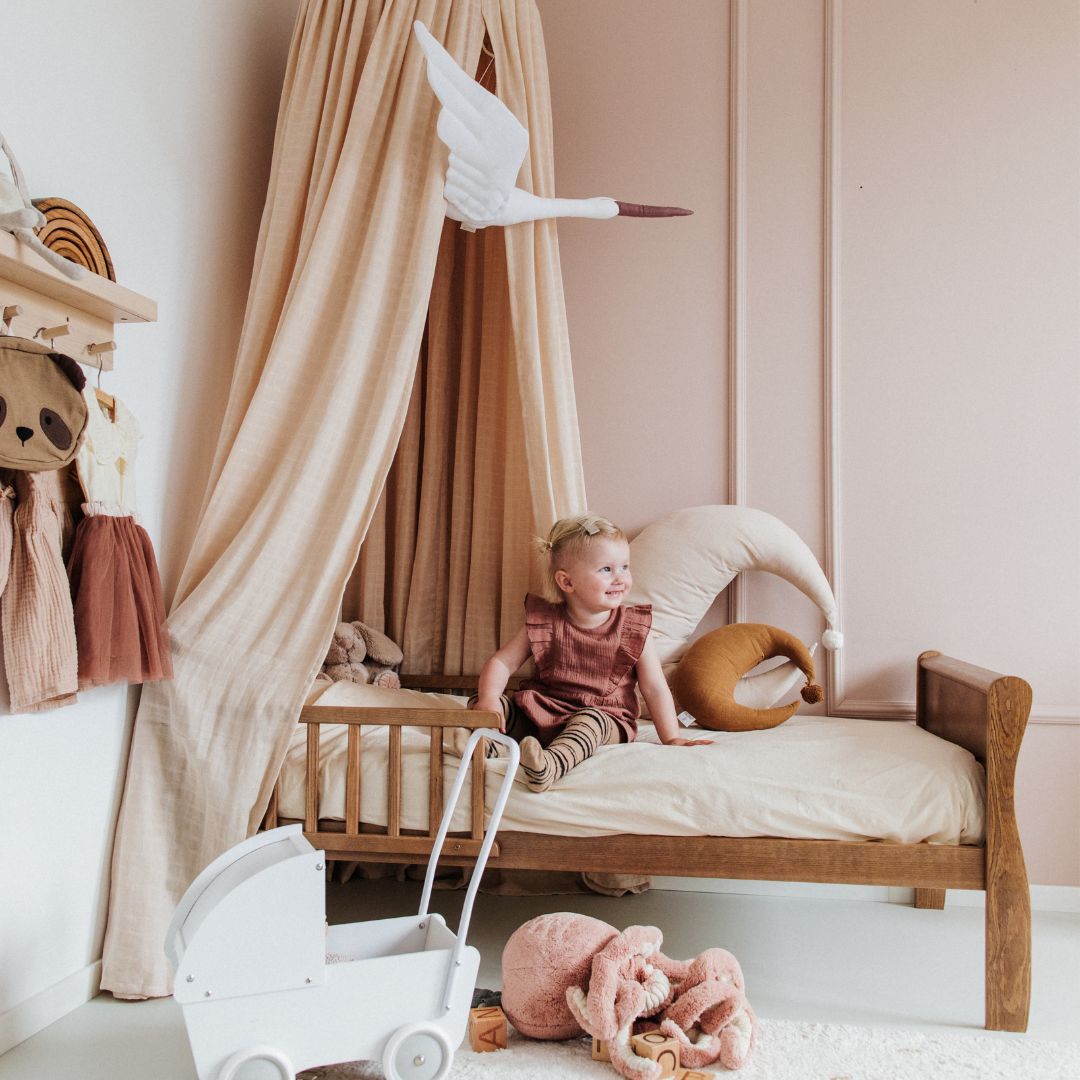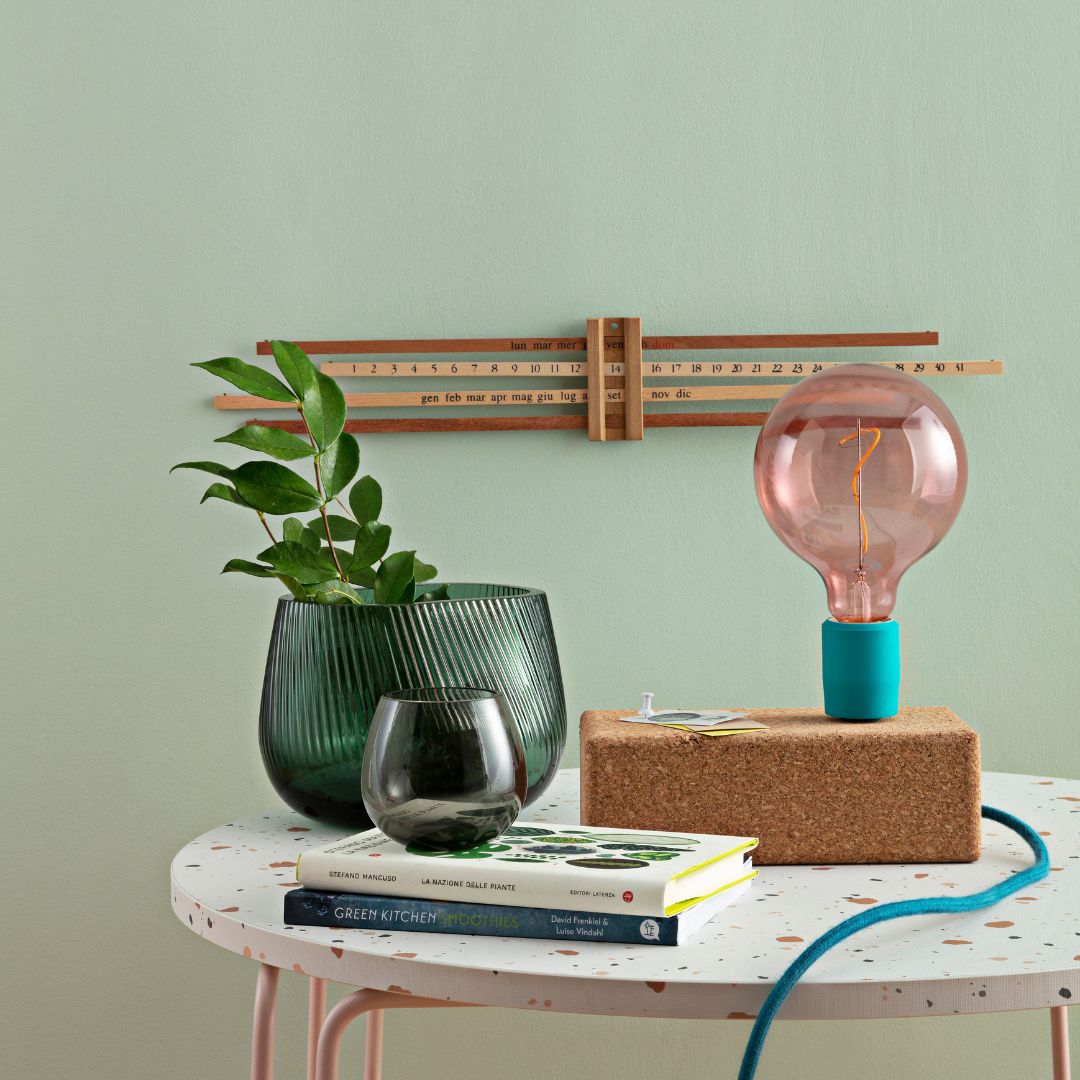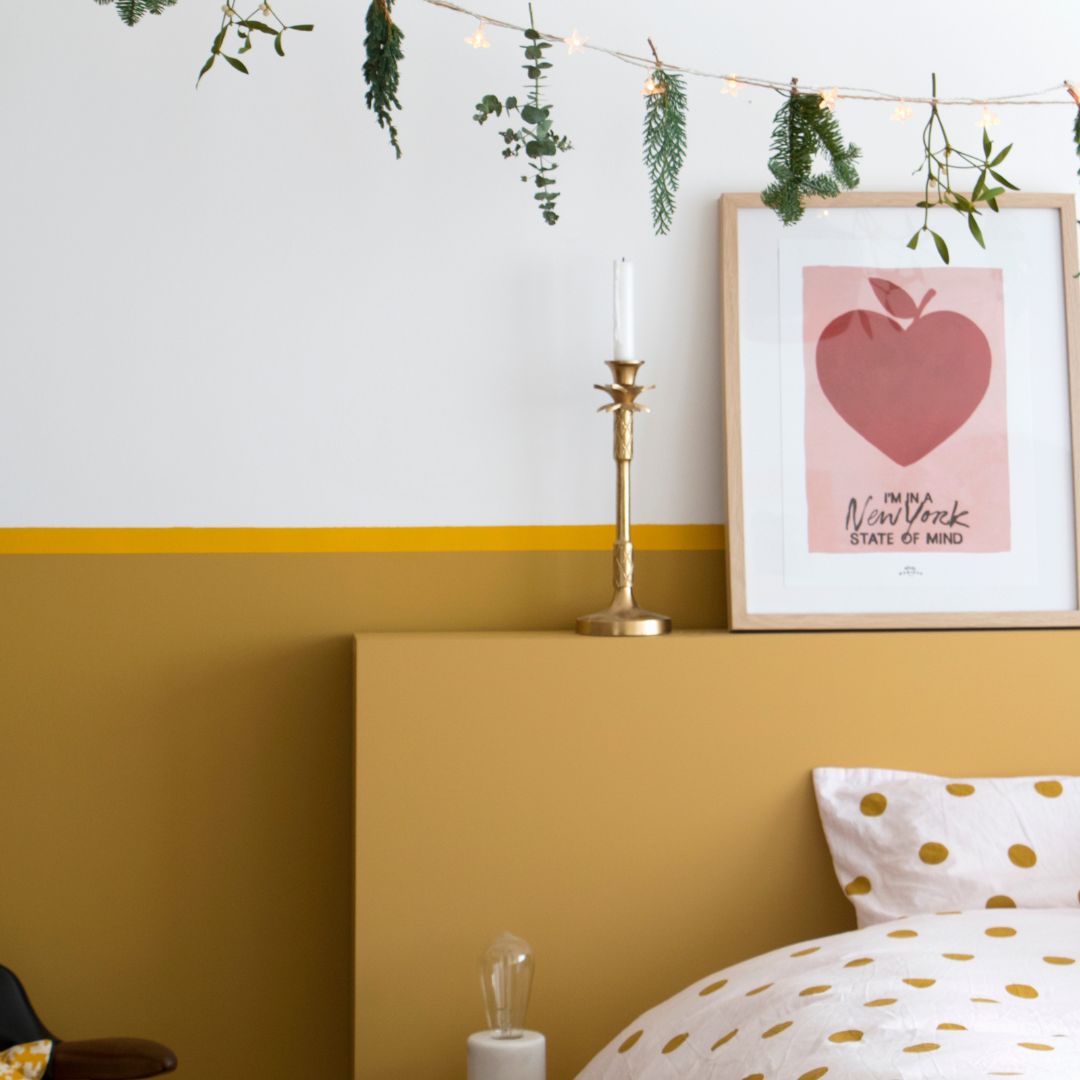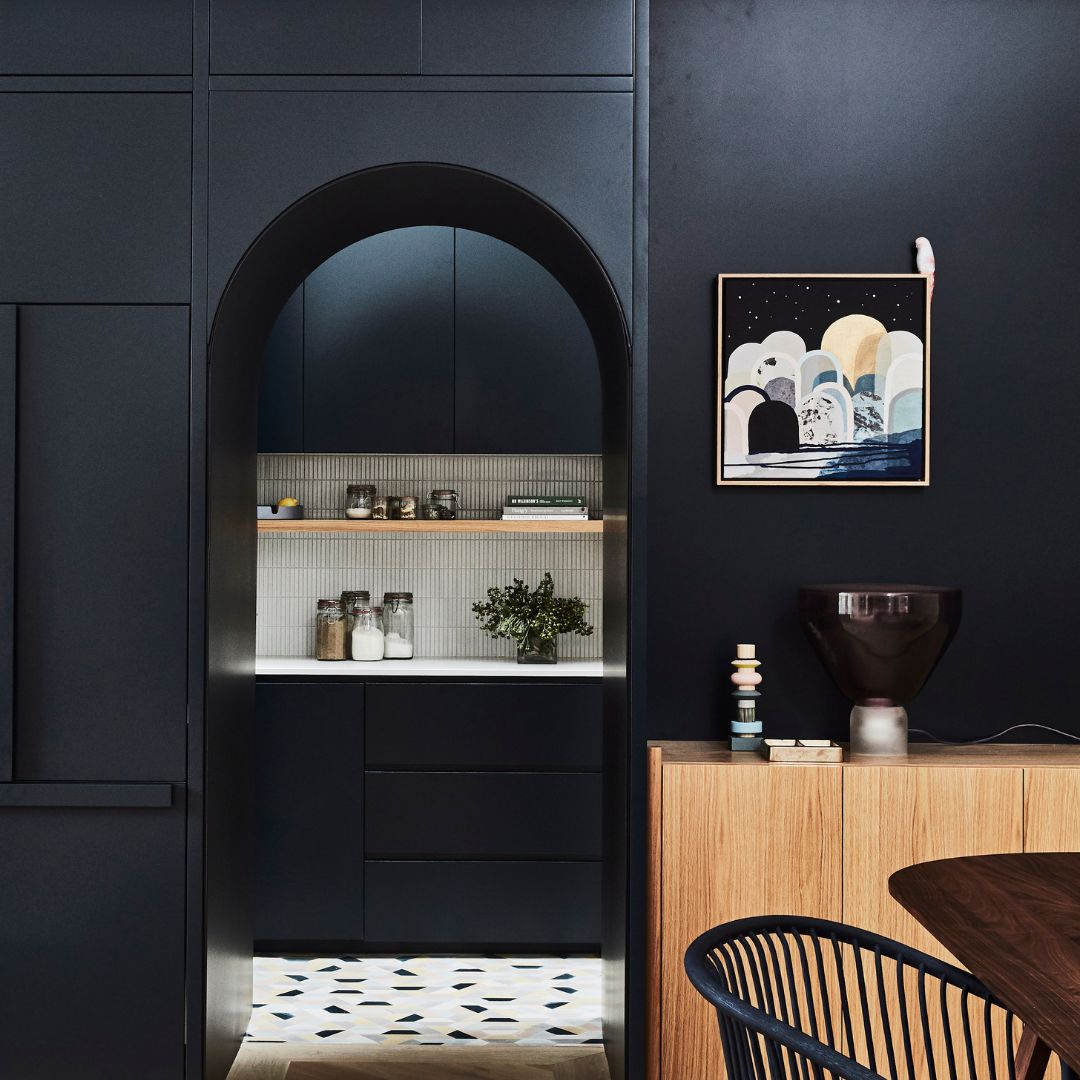-
Algo ecological underlay
Regular price from From 16,50 € ttcRegular priceUnit price 9,90 € ttc per l19,90 € ttcSale price From 16,50 € ttcSale -
Algo Eco-Friendly Paint - Pure White
Regular price from From 22,90 € ttcRegular priceUnit price 11,40 € ttc per l -
Algo Eco-Friendly Paint - Grand Blanc
Regular price from From 59,90 € ttcRegular priceUnit price 11,98 € ttc per l0,00 € ttcSale price From 59,90 € ttc -
Algo Eco-Friendly Paint - Warm White
Regular price from From 23,90 € ttcRegular priceUnit price 47,80 € ttc per l -
Algo Eco-Friendly Paint - Relaxing Green
Regular price from From 19,90 € ttcRegular priceUnit price 47,00 € ttc per l25,90 € ttcSale price From 19,90 € ttcSale -
Algo Eco-Friendly Paint - Bréhat Pink
Regular price from From 19,90 € ttcRegular priceUnit price 47,00 € ttc per l25,50 € ttcSale price From 19,90 € ttcSale -
Algo Eco-Friendly Paint - Cherry Blossom Beige
Regular price from From 19,90 € ttcRegular priceUnit price 47,00 € ttc per l25,50 € ttcSale price From 19,90 € ttcSale -
Algo Eco-Friendly Paint - Beluga White
Regular price from From 19,90 € ttcRegular priceUnit price 47,00 € ttc per l0,00 € ttcSale price From 19,90 € ttc -
Algo Eco-Friendly Paint - Terracotta Madagascar
Regular price from From 24,90 € ttcRegular priceUnit price 49,80 € ttc per l -
Algo Eco-Friendly Paint - Dragonfly Blue
Regular price from From 19,90 € ttcRegular priceUnit price 49,80 € ttc per l26,90 € ttcSale price From 19,90 € ttcSale -
Algo color chart
Regular price 13,90 € ttcRegular priceUnit price per -
Algo Eco-Friendly Paint - Sand Beige
Regular price from From 19,90 € ttcRegular priceUnit price 47,00 € ttc per l25,50 € ttcSale price From 19,90 € ttcSale -
Algo Eco-Friendly Paint - Canopy Green
Regular price from From 19,90 € ttcRegular priceUnit price 51,80 € ttc per l26,90 € ttcSale price From 19,90 € ttcSale -
Algo Eco-Friendly Paint - Oléron Beige
Regular price from From 23,50 € ttcRegular priceUnit price 47,00 € ttc per l -
Algo Eco-friendly Paint - Coquette Hazelnut Beige
Regular price from From 19,90 € ttcRegular priceUnit price 47,00 € ttc per l25,50 € ttcSale price From 19,90 € ttcSale -
Algo Eco-Friendly Paint - Magnificent Yellow
Regular price from From 23,50 € ttcRegular priceUnit price 47,00 € ttc per l23,50 € ttcSale price From 23,50 € ttc -
Algo Eco-Friendly Paint - Green Stroll in the Garden
Regular price from From 23,50 € ttcRegular priceUnit price 47,00 € ttc per l -
Algo ecological paint - Terracotta Ponziane
Regular price from From 19,90 € ttcRegular priceUnit price 49,80 € ttc per l26,90 € ttcSale price From 19,90 € ttcSale -
Algo Eco-Friendly Paint - Piana Black
Regular price from From 19,90 € ttcRegular priceUnit price 51,80 € ttc per l26,90 € ttcSale price From 19,90 € ttcSale -
Algo Eco-Friendly Paint - Porquerolles Blue
Regular price from From 19,90 € ttcRegular priceUnit price 49,00 € ttc per l25,50 € ttcSale price From 19,90 € ttcSale -
Algo Eco-Friendly Paint - Soothing Water Green
Regular price from From 23,50 € ttcRegular priceUnit price per -
Algo Eco-Friendly Paint - Pearl Grey
Regular price from From 19,90 € ttcRegular priceUnit price 49,00 € ttc per l25,50 € ttcSale price From 19,90 € ttcSale -
Algo Eco-Friendly Paint - Vert Guadeloupe
Regular price from From 23,50 € ttcRegular priceUnit price 47,00 € ttc per l -
Algo Eco-Friendly Paint - Marie-Galante Blue
Regular price from From 23,50 € ttcRegular priceUnit price 49,00 € ttc per l -
Algo Eco-Friendly Paint - Charming Almond Beige
Regular price from From 23,50 € ttcRegular priceUnit price 47,00 € ttc per l -
Algo Eco-Friendly Paint - Linen Field Beige
Regular price from From 23,50 € ttcRegular priceUnit price 47,00 € ttc per l -
Algo Eco-Friendly Paint - Pampa Beige
Regular price from From 23,50 € ttcRegular priceUnit price 47,00 € ttc per l -
Algo Eco-Friendly Paint - Clematis Blue
Regular price from From 23,50 € ttcRegular priceUnit price 49,00 € ttc per l -
Algo Eco-Friendly Paint - Playful Blue-Green
Regular price from From 23,50 € ttcRegular priceUnit price 47,00 € ttc per l -
Algo Eco-Friendly Paint - Meditation Session Blue
Regular price from From 23,50 € ttcRegular priceUnit price 47,00 € ttc per l -
Algo Eco-Friendly Paint - Lavezzi Beige
Regular price from From 23,50 € ttcRegular priceUnit price 26,45 € ttc per l -
Algo Eco-Friendly Paint - Arctic Polar Bear
Regular price from From 23,50 € ttcRegular priceUnit price 47,00 € ttc per l -
Algo Eco-Friendly Paint - Sequoia Green
Regular price from From 19,90 € ttcRegular priceUnit price 51,80 € ttc per l26,90 € ttcSale price From 19,90 € ttcSale -
Algo Eco-Friendly Paint - Cream Beige
Regular price from From 23,50 € ttcRegular priceUnit price 47,00 € ttc per l -
Algo Eco-Friendly Paint - Exquisite Mirabelle Yellow
Regular price from From 19,90 € ttcRegular priceUnit price 49,00 € ttc per l25,50 € ttcSale price From 19,90 € ttcSale -
Algo Eco-Friendly Paint - Soft Green
Regular price from From 23,50 € ttcRegular priceUnit price 47,00 € ttc per l -
Algo Eco-Friendly Paint - Green Spa Relaxation
Regular price from From 23,50 € ttcRegular priceUnit price 47,00 € ttc per l -
Algo Eco-Friendly Paint - Nutmeg Beige
Regular price from From 23,50 € ttcRegular priceUnit price 47,00 € ttc per l -
Algo Eco-Friendly Paint - Marquises Blue
Regular price from From 23,50 € ttcRegular priceUnit price 47,00 € ttc per l -
Algo Eco-Friendly Paint - Gingerbread Brown
Regular price from From 24,90 € ttcRegular priceUnit price 49,80 € ttc per l
Choose your colors with ease
-
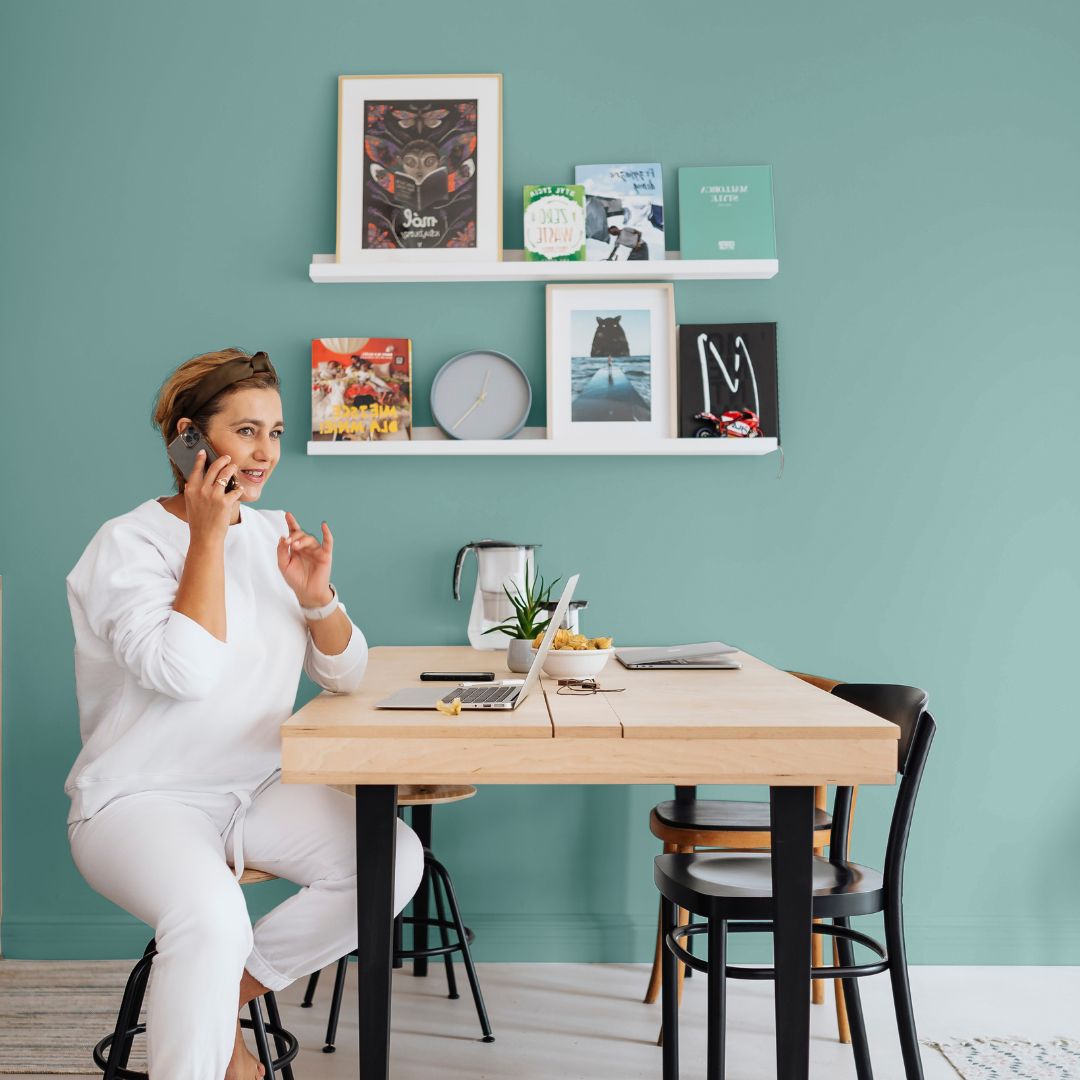
Find the perfect shades with our color consultant
Book your free coaching -

Easily choose your shades with our samples
See our 100 samples -
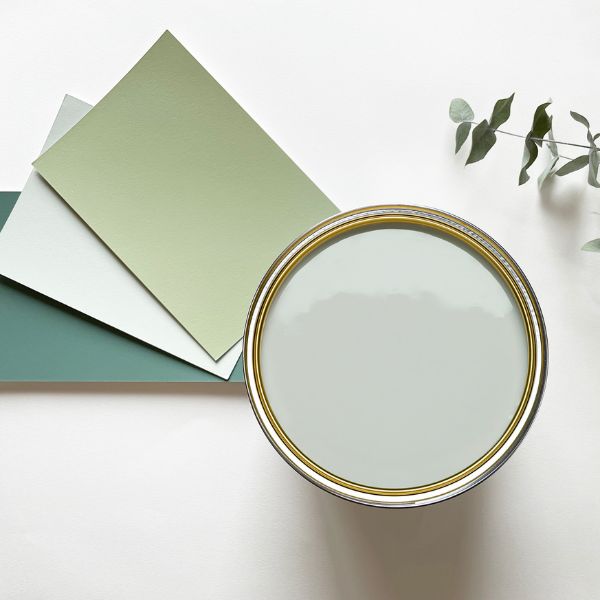
Fall for our magnificent color harmonies
See our color harmonies
-

Fast delivery
and neat -

A service
top customer! -

More than 2000
verified reviews -

Payment
secure
Choosing a washable paint for your painting work is a real plus and this is the reason why professionals will always advise you to choose a washable paint.
In a few words, the washability of a paint means that you can lightly clean your walls and surfaces in the event of grease or dust stains or simply due to everyday life and walls that tend to get dirty quickly.
Washable paint: what is it?
The first aspect of a washable paint is its ability to be cleaned without affecting the durability and shine of the paint, regardless of the color of the color chart applied to the walls and regardless of the surface on which the paint is applied (wall, ceiling, woodwork). Its durability and ease of maintenance are the real advantages of a washable paint.
Ideal for rooms sensitive to dirt and humidity (such as kitchens or bathrooms) or simply in high-traffic areas, the washability of a paint is obviously a real plus when you live with young children.
Washable paints are often available in satin or gloss finishes: these are generally the ones that offer the best washability over existing finishes. These are also the most popular finishes for decorating.
Please note, this does not mean that other finishes that exist are not washable (matte or velvet for example).
Due to the often smoother finish of a velvet or satin, potential dirt remains on the surface and does not migrate into the surface. Its increased resistance is therefore a real plus for preserving the quality of the paint as it is cleaned.
Be careful, not all washable paints are equal! Depending on the brand of paint you use, the resistance to washing will not always be the same.
This is why paints undergo washability tests and are classified into 5 categories (ranging from class 1 to class 5).
Class 1 corresponds to very high resistance, class 5 is naturally the lowest washability class.
Algo paints are resistant in class 1 for satin finish and in class 2 for matt finish (matt paints are generally not very washable, which makes them a very resistant paint).
So think about it, even if you are told that the paint is washable!
What are the advantages of washable paint?
To summarize, washable paint has two major advantages: the first is the paint's greater resistance, particularly to water and cleaning products. Washable paint is designed to last over time.
The second advantage is maintenance, which is greatly facilitated by the smooth surface of a smooth paint. Maintenance is then done in a simple way: a microfiber cloth with soapy water.
Don't be in too much of a hurry to wash your walls, because before you do your first wash, make sure the paint is completely dry to the touch but also to the core so as not to remove any paint. To give you a simple idea: consider that you can start washing your walls from 28 days after applying the paint.
This will help you maintain the aesthetics of your paint over the long term and benefit from a certain versatility in your interior: this type of paint will be recommended for all rooms of your house, whatever the decor chosen and especially in damp rooms.
While it's safe to recommend a washable paint and finish, keep in mind that this type of property can make your paint a little more expensive than a conventional paint.
A smooth finish like satin or velvet will also require more careful preparation work because defects will be more visible. Ideally, you should allow enough time for preparation so that your finishing paint doesn't highlight any defects in the surface, which won't be hidden.
Rooms in which washable paint can be applied
You've probably heard it before: washable paints are primarily recommended for humid rooms like kitchens and bathrooms. However, as mentioned earlier, you can use washable paint in all other rooms of the house, starting with living rooms and dining rooms.
Using a washable product always requires the need to apply an undercoat beforehand, even if its characteristics are better.
The bathroom and the kitchen
In a kitchen, washable paint makes sense given the many everyday hazards that exist: grease stains, cooking vapors, splashes, etc.
You will be able to keep your kitchen walls clean with ease.
The other undeniable benefit is its resistance to humidity, which makes it the ideal paint for kitchens and bathrooms where splashes, condensation and water spray are common, even daily.
The children's room and the hallways
It is every parent's dread to see that their child has drawn or simply dirtied the walls.
Washable paint will therefore be very useful to preserve this space for as long as possible (as far as possible of course).
For hallways, the situation is slightly different: they receive a lot of foot traffic, and therefore choosing a paint that can withstand this heavy traffic is practically a must. Luckily, choosing a washable paint will protect this often busy space in an interior.
What is the difference between washable paint and scrubbable paint?
You might think that washable paint and scrubbable paint are the same thing. While the purpose remains the same, a washable paint will not have the same resistance as a scrubbable paint.
Washable paint can also be cleaned with a cloth and soapy water, but washable paint is recommended for low-risk rooms where you will not need to clean regularly.
In fact, a washable paint will be less resistant in the long term than a paint designed to withstand more “intensive” cleaning.
In conclusion, washable paint can be used in rooms with low traffic or without the risk of soiling, or you can wash your walls occasionally. If there are constraints, it will be necessary to have a washable paint.
How do I wash the walls of my home?
As mentioned in our article, you will be recommended to wait 28 days before undertaking your first wash.
To clean your surface, we recommend using a microfibre cloth or a sponge lightly dampened with warm water and soap.
While more aggressive products may perform better, we wouldn't necessarily recommend them for cleaning a painted surface as their use can affect the durability of the paint.
Likewise, it will be better for the aging of the paint to wash your walls occasionally.
